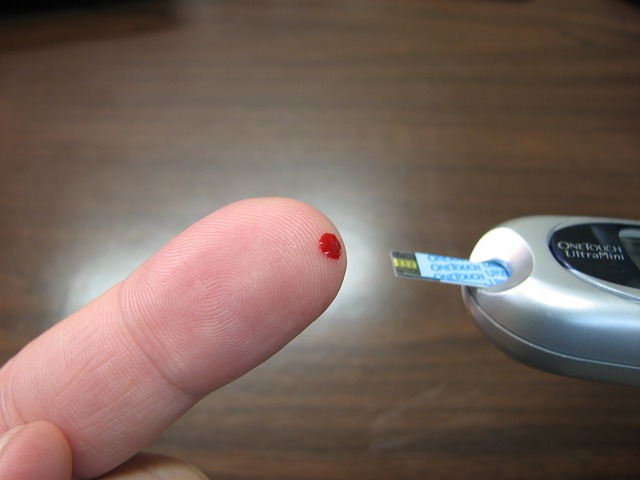Are you struggling to lose weight despite eating well and exercising? Insulin resistance might be the hidden culprit. This common metabolic condition silently affects millions of people worldwide, causing weight gain, fatigue, and increasing the risk of serious health problems like type 2 diabetes and heart disease. The good news is, you can reverse insulin resistance with simple, natural steps! In this guide, we’ll explain what insulin resistance is, its symptoms, how to spot it, and most importantly, how you can reverse insulin resistance using diet, exercise, and other lifestyle changes.
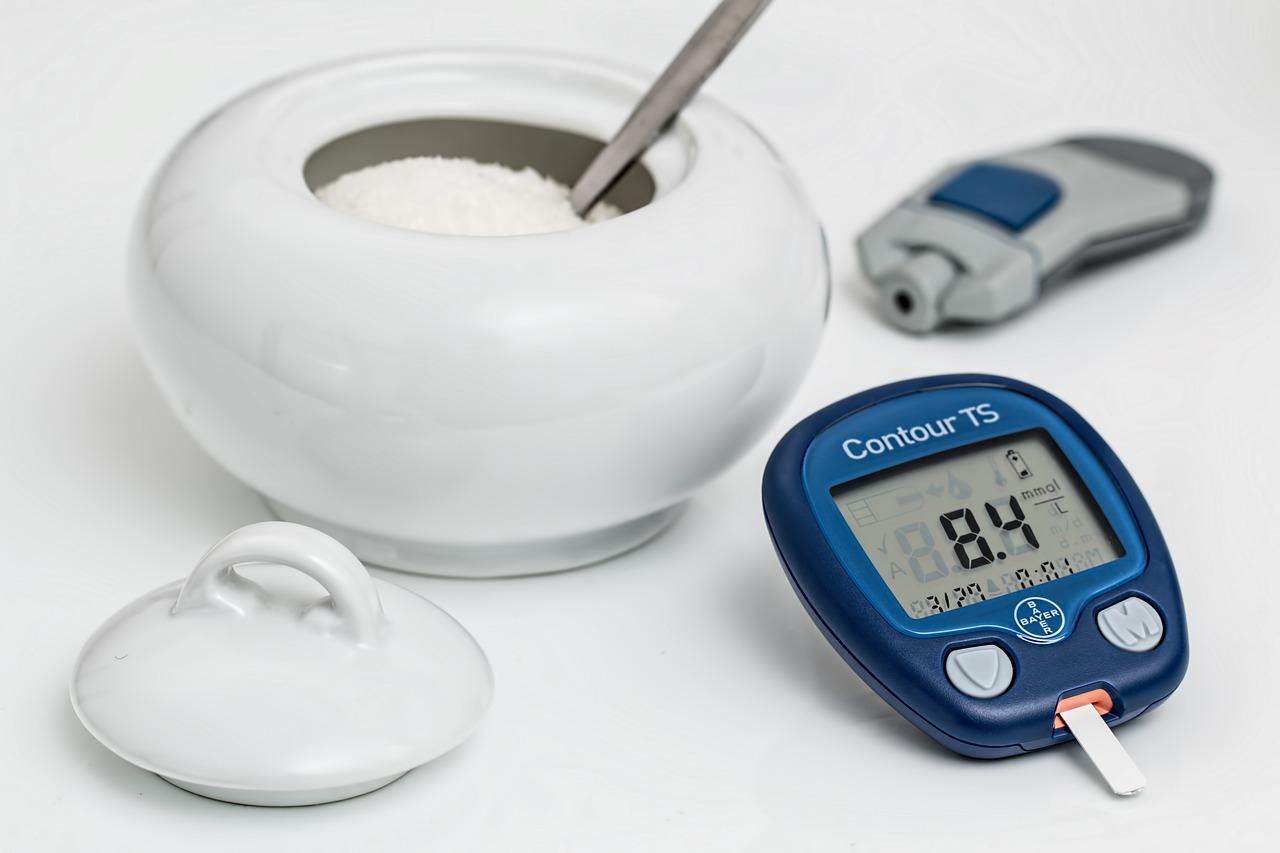
This article is a summary of an interview (reference video) designed for those who prefer reading. We strongly encourage you to watch the full episode as this summary does not cover all topics discussed in the podcast.
Take the first step towards better health today!
What is Insulin Resistance?
Insulin is a hormone your pancreas makes to control blood sugar. When you eat, your body turns food into glucose (sugar), which enters your bloodstream. Insulin helps move this glucose into your cells to give you energy. But with insulin resistance, your cells don’t respond well to insulin. Glucose stays in your blood, forcing your pancreas to pump out more insulin. Over time, this can lead to high blood sugar and health problems.

If left unchecked, insulin resistance can increase your risk of type 2 diabetes, heart disease, and other conditions. The American Diabetes Association says it’s a major warning sign for diabetes, but the good news is you can turn it around with the right approach.
Symptoms of Insulin Resistance
Recognizing the symptoms of insulin resistance early can help you manage it before it leads to serious health complications. Common symptoms include:
- Fatigue: Especially after meals.
- Weight Gain: Particularly around your belly.
- Hunger and Cravings: A desire for sugary foods.
- Difficulty Losing Weight: Even when dieting and exercising.
- High Blood Pressure: A symptom that’s often overlooked.
- Skin Changes: Dark patches on the neck or underarms (called acanthosis nigricans).
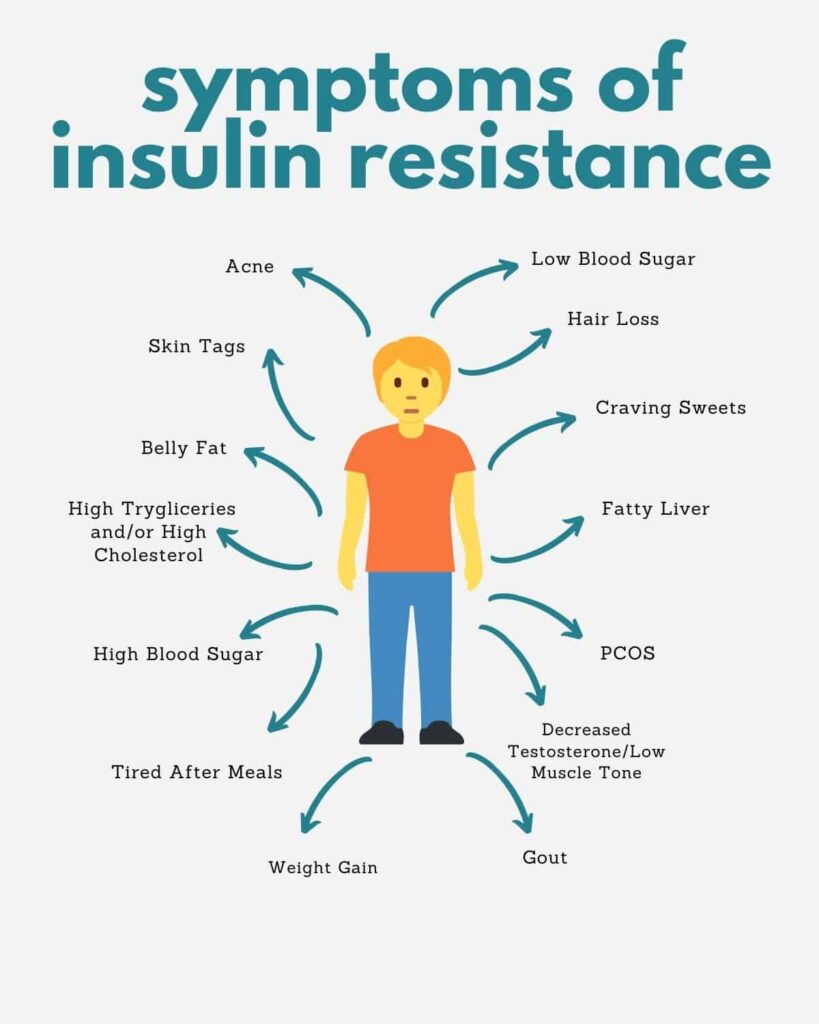
If you’re noticing any of these signs, it’s important to consult with a healthcare provider for proper diagnosis and management.
Causes of Insulin Resistance
There are several factors that contribute to the development of insulin resistance. Understanding these causes is key to managing and reversing insulin resistance:
- Excess Body Fat: Particularly belly fat.
- Lack of Physical Activity: A sedentary lifestyle increases insulin resistance.
- Unhealthy Diet: A diet high in sugary or processed foods.
- Chronic Stress: Constant stress affects insulin function.
- Poor Sleep: Insufficient sleep can worsen insulin resistance.
- Medications: Certain medications can contribute to insulin resistance.
- Genetics: A family history of diabetes or insulin resistance increases the risk.
Research from experts like Dr. Benjamin Bikman shows that even small amounts of extra fat or stress can trigger insulin resistance. The key? You can tackle most of these causes with lifestyle tweaks.
Ozempic and Mounjaro: Medications for Insulin Resistance
In recent years, medications like Ozempic and Mounjaro have gained popularity for their role in managing insulin resistance and type 2 diabetes. These medications belong to a class of drugs known as GLP-1 receptor agonists, which help regulate blood sugar by:
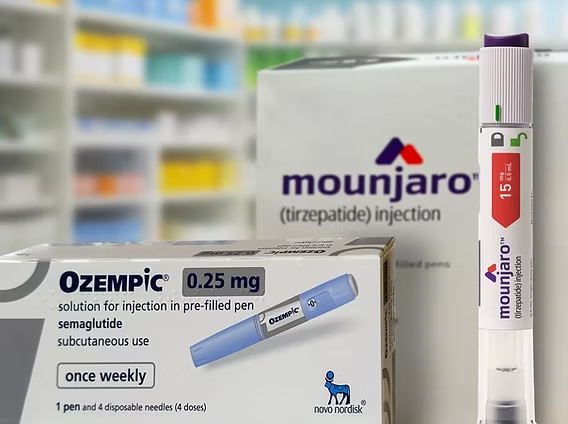
- Improving insulin function – Helps the body use insulin more effectively.
- Slowing digestion – Reduces blood sugar spikes after meals.
- Suppressing appetite – Aids in weight management, which is crucial for insulin resistance.
While these drugs can be effective, Dr. Benjamin Bikman emphasizes that long-term metabolic health depends on:
- Following an insulin resistance diet rich in whole foods.
- Engaging in regular physical activity to improve insulin sensitivity.
- Practicing intermittent fasting to help control blood sugar levels.
Ozempic and Mounjaro should only be used under medical supervision, and individuals should always consult their physician before starting any new treatment.
Expert Insights: Dr. Benjamin Bikman’s Research
Dr. Benjamin Bikman, a recognized expert in metabolic health, has conducted extensive research on insulin resistance. His work provides valuable insights into the causes of insulin resistance and practical steps for how to reverse insulin resistance. According to Dr. Bikman:
- Focus on lifestyle: Diet, exercise, and fasting can reverse it.
- Watch fat cells: Too much fat makes them less responsive to insulin.
His work proves small changes can have big impacts. Curious? Visit Bikman Lab.
How to Reverse Insulin Resistance Naturally
You don’t need fancy treatments to reverse insulin resistance—just a solid plan. Here are the top strategies you can follow to improve insulin sensitivity:
- Change your diet
- Get active
- Handle stress
- Sleep better
- Try intermittent fasting
Let’s dive into each one to see how you can start improving your health today!
1. Diet: The Key to Insulin Resistance Reversal
Your diet plays a crucial role in reversing insulin resistance. Follow these guidelines to build an insulin-friendly diet:
- Cut Carbs Wisely: Avoid refined carbs like white bread and soda. Instead, go for whole grains, vegetables, and beans.
- Add Healthy Fats: Include avocados, olive oil, and nuts. These fats help fight inflammation and improve insulin sensitivity.
- Increase Protein: Opt for lean proteins such as chicken, fish, and lentils. These help stabilize blood sugar levels.
- Ditch Sugar: Say no to sugary snacks, beverages, and junk food.
- Eat Balanced Meals: Eating regular, balanced meals helps prevent blood sugar spikes.
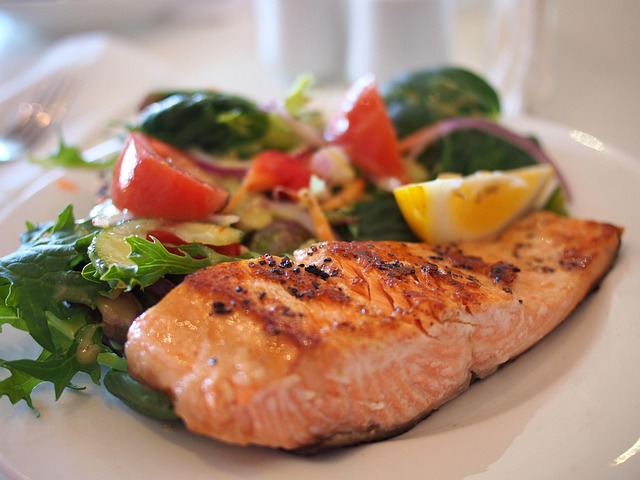
A low-carb, high-fat diet has been shown to be particularly effective in managing and reversing insulin resistance.
2. Exercise: Boost Your Insulin Sensitivity
Exercise is one of the most powerful tools for improving insulin sensitivity. Here’s how to get started:
- Aerobic Exercise: Activities like walking, cycling, or swimming increase glucose uptake by muscles.
- Strength Training: Weightlifting and bodyweight exercises help build muscle, which stores glucose, reducing blood sugar levels.
Consistency is Key
- Aim for 150 minutes of moderate exercise a week—think 30 minutes, 5 days. Mix it up for the best results. A 2025 study from the National Institute of Diabetes and Digestive and Kidney Diseases (NIDDK) found that losing just 5-7% of your body weight can slash insulin resistance.
Enhance Your Insulin Sensitivity with Giboard

Looking for a fun and effective way to increase physical activity and improve insulin sensitivity? The Giboard is a perfect addition to your fitness routine. It helps enhance balance, coordination, and muscle engagement, making workouts more dynamic and engaging. Whether you’re aiming for better metabolic health or just staying active, the Giboard is an excellent choice.
👉 Boost Your Fitness with Giboard – Shop Now
3. Stress and Sleep: The Silent Influencers
Chronic stress and poor sleep can significantly worsen insulin resistance. Here’s how to manage them:
- Reduce Stress: Practice relaxation techniques like meditation, yoga, or deep breathing exercises to lower stress and improve insulin function.
- Improve Sleep: Aim for 7-9 hours of sleep each night. Stick to a regular sleep schedule and avoid screens before bedtime to improve sleep quality.
Dr. Bikman’s research shows that high stress and bad sleep raise cortisol, which blocks insulin. Managing these can be a game-changer. Learn more at WebMD.
4. Intermittent Fasting (IF): A Powerful Tool for Reversing Insulin Resistance
Intermittent fasting (IF) is an effective method for improving insulin sensitivity. Popular IF methods include:
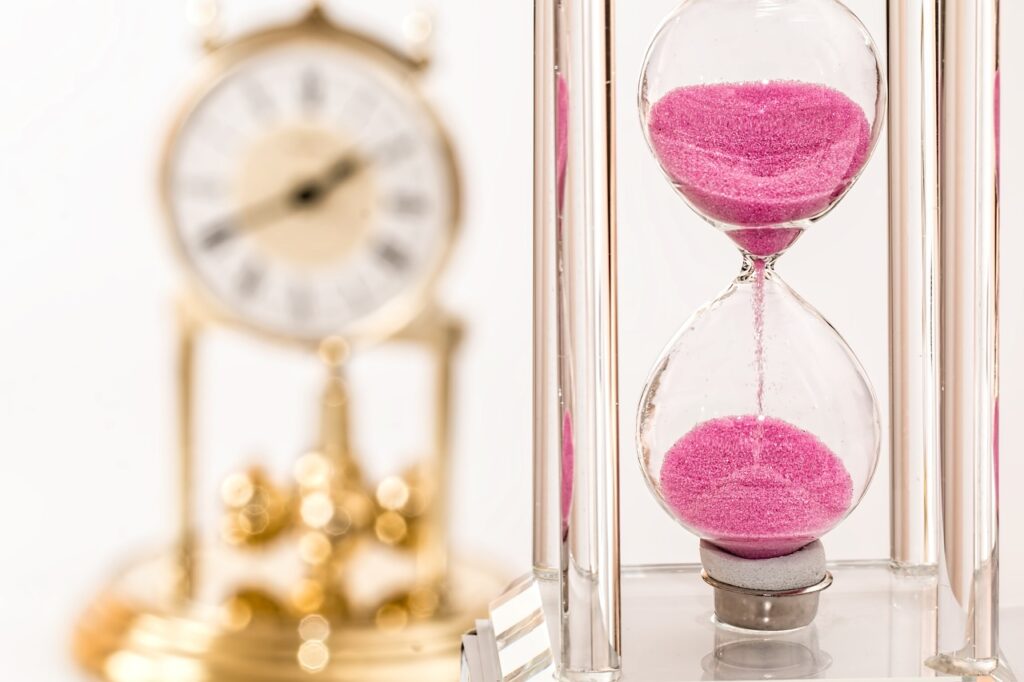
- The 16/8 Method: Fast for 16 hours and eat during an 8-hour window.
- The 5:2 Method: Eat normally for 5 days, and restrict calorie intake for 2 days.
IF gives your body a break from constant eating, lowering insulin levels and promoting fat burning.
Conclusion
Insulin resistance doesn’t have to control your life. By recognizing its symptoms early and making simple lifestyle changes—such as improving your diet, exercising regularly, managing stress, and getting better sleep—you can reverse insulin resistance naturally and avoid complications like type 2 diabetes. Start with small steps today, and your body will thank you!
For more info, check out the American Diabetes Association or Mayo Clinic.
Key Takeaways:
- Insulin resistance treatments involve both medical and natural remedies.
- Insulin resistance is reversible with the right diet, exercise, and lifestyle changes.
- Symptoms include fatigue, weight gain, and hunger for sugary foods.
- Focus on a low-carb, high-fat diet and regular exercise.
- Intermittent fasting can help improve insulin sensitivity.
OutQore is not affiliated with “The Diary of a CEO” and has not been paid to promote their content. Our goal is to educate, inform, and support our audience on their fitness and wellness journey.

